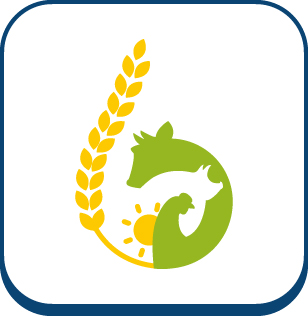Body lesions in entire males pigs during growth and on the carcass
Ajouter à ma liste
Auteurs :
Larzul C, Muller N, Courboulay V, Udin L, Prunier A
The European pig industry is engaged in a voluntary abandonment of surgical castration of piglets by 2018.
Entire males being more aggressive than castrated males, it is very important to take into account their behaviour for genetic selection in order to avoid problems linked to aggressiveness. Aggressiveness of pigs can be estimated from the number of skin lesions. Present work describes the number of skin lesions measured at two stages during fattening (2 days after transfer to the fattening unit, shortly before first pigs are sent to the slaughterhouse) as well as on carcasses. Three populations of Pietrain (PP) type boars were used to produce the males for the present experiment using PP or Large White dams. About 1,500 males, from nine batches, were followed. The total number of skin lesions was very high after transfer to the fattening unit and decreased at the end of fattening (P<0.001). Total numbers of skin lesions located on both sides of the pigs were linked (r around 0.7, P<0.001) regardless of the stage, but in some animals, lesions on one side could be twice the number of those on the other side. This made measurements on both sides necessary for a precise evaluation at individual level. Correlations between stages were relatively low even though. Significant differences existed between genetic types of pigs that were present at the three stages (P<0.001). Overall, skin lesions were less numerous in pigs of the Pietrain type than in cross-bred pigs.
Genetic parameters (heritability values and genetic correlations) were also estimated for each trait to look for possibilities of selection on these criteria.
Fiche technique
Titre :
Body lesions in entire males pigs during growth and on the carcass
Date sortie / parution :
2013
Référence :
64th EAAP, 26-30 août 2013, Nantes, 14 pages








